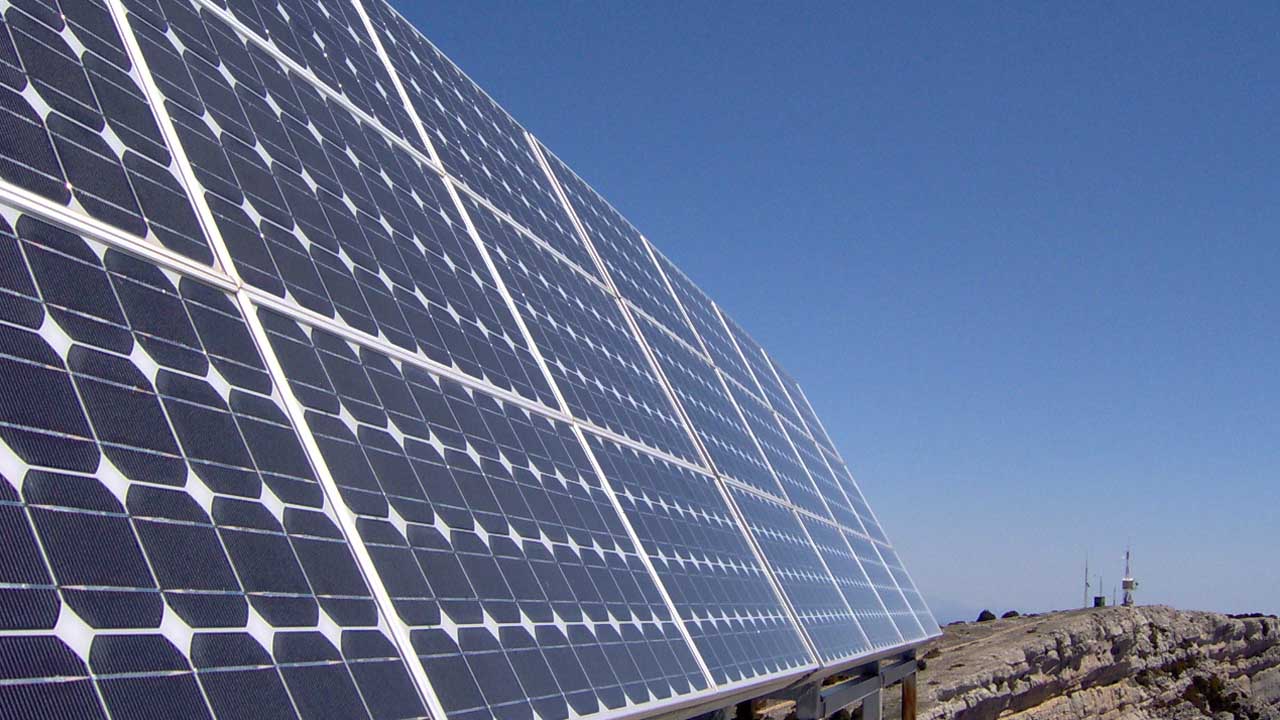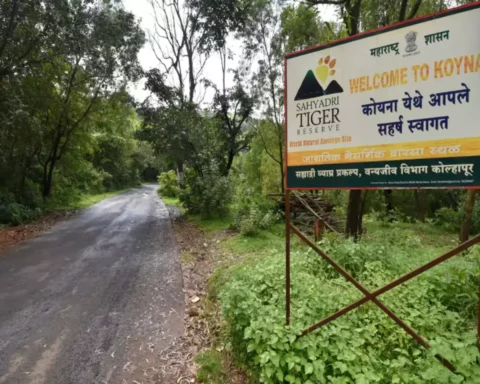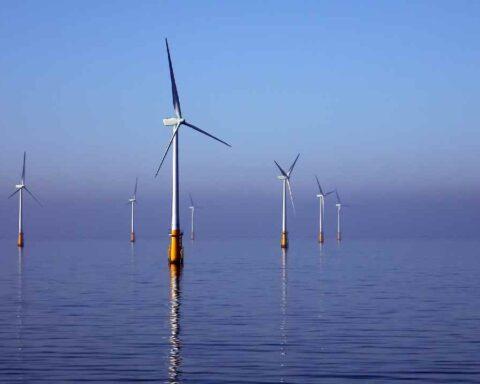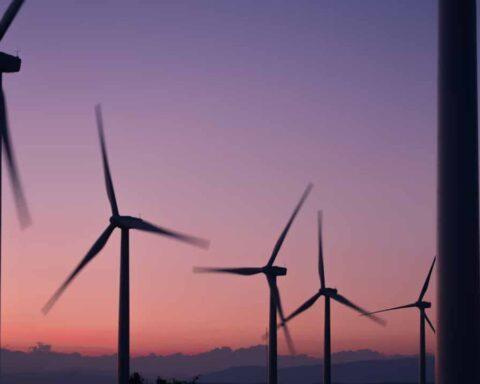India plans to set up an around 14 gigawatt-hour (GWh) grid-scale battery storage system at the world’s largest renewable energy park at Khavda in Gujarat, Union minister Raj Kumar Singh said. Singh, who is the power and new and renewable energy minister, was speaking at the Mint Energyscape conclave.
“The highest installed storage capacity in the world is a measly 400 megawatt-hour (MWh),” said Singh, as quoted by the publication.
“But the first major bid that I am coming out with is 1,000 megawatt-hour—two-and-a-half times the largest capacity in the world. But that also is not sufficient. Only for my national grid-level operations, I will need 4,000 megawatt-hours,” he said.
“I am going to do it big because 1,000 megawatt-hour is a starter. Ultimately, it will go up to 4,000 megawatt-hours. Then in Leh-Ladakh, I am setting up 10,000MW of renewable energy capacity, so I am adding about 13,000 megawatt-hours of storage there. And then in Khavda again, about 10,000-15,000MW of RE (renewable energy) capacity will come up, so I am going to add another about 13-14,000 megawatt-hour of storage there,” Singh said.
The government has previously said the Khavda renewable energy park in Kutch will be the world’s largest facility of its kind and aims to eventually generate 30GW of energy from the facility.
Spread over 72,600 hectares, it will need a ₹1.5 trillion investment. The foundation stone of the park was laid by Prime Minister Narendra Modi last December.
Last month, GSECL invited bids for 4.5 MW of grid-connected solar projects. A 2.5 MW solar project will be developed at Gandhinagar thermal power station and a 2 MW solar project at Sikka thermal power station in the Jamnagar district.
Earlier, GSECL had invited bids for the design, engineering, supply, installation, and commissioning of 224 MW of grid-connected solar projects ranging from 10 MW to 55 MW at various substations of the Gujarat Energy Transmission Corporation.





























